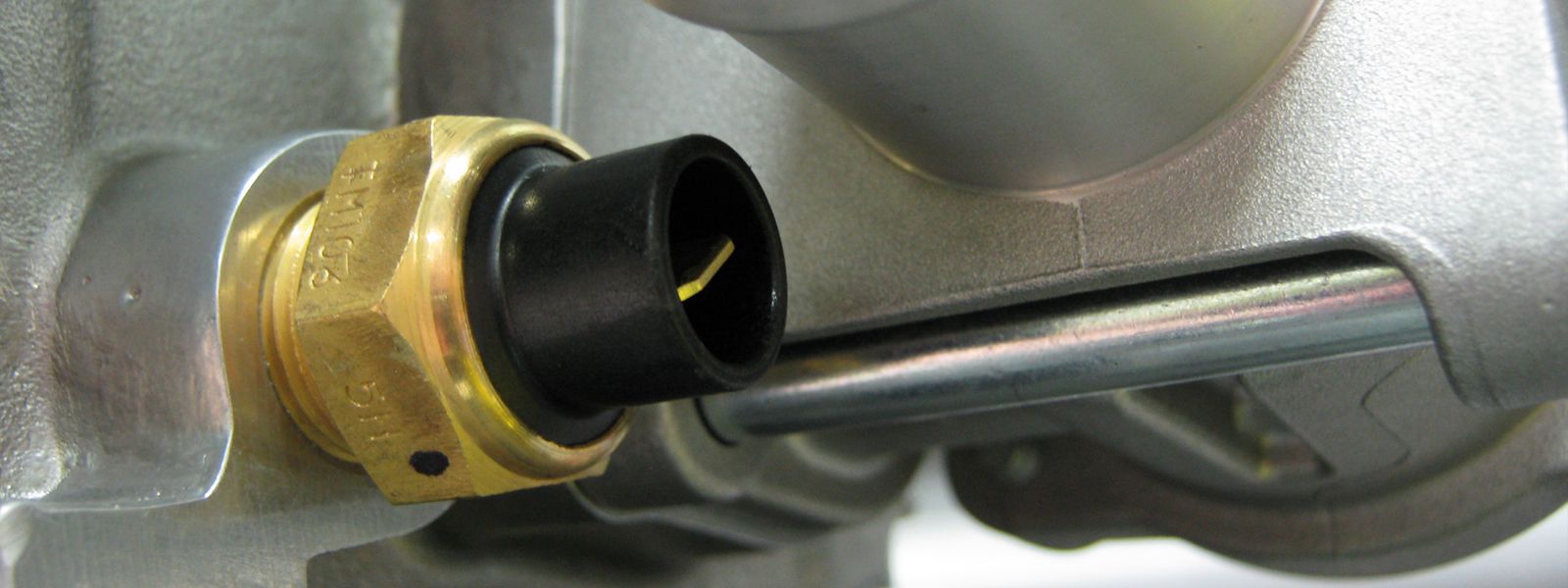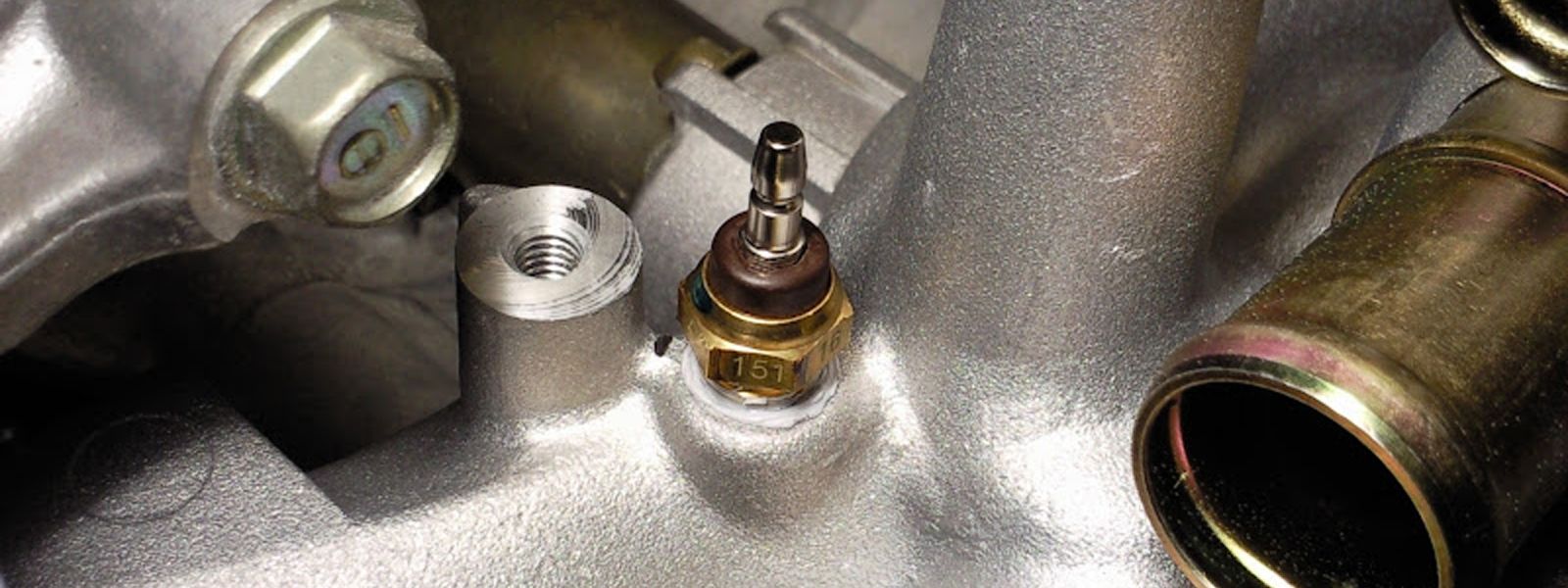
P0117 Code: Engine Coolant Temperature Sensor 1 Circuit Low

By identifying and resolving this diagnostic trouble code in a timely manner, owners can maintain their vehicle's health, improve fuel efficiency, and extend the lifespan of critical components.
Suggested A-Premium Parts
The P0117 trouble code is an important diagnostic indicator that vehicle owners should be aware of, as it can signal underlying issues that require prompt attention. While the specifics of this code may seem technical, understanding its significance and potential implications can empower drivers to address problems and maintain their vehicles' health proactively. By taking the time to familiarize oneself with the P0117 code and its associated considerations, car owners can gain valuable insights that translate to improved reliability, safety, and overall driving experience. This blog post will explore the key facts and practical steps related to the P0117 diagnostic trouble code in a clear and accessible manner.
What Does the P0117 Code Mean
The P0117 diagnostic trouble code indicates an issue with the engine coolant temperature (ECT) sensor in a vehicle's cooling system. This sensor is responsible for monitoring the temperature of the engine coolant and relaying that information to the vehicle's onboard computer. When the P0117 code is triggered, it signifies that the computer has detected a voltage reading from the ECT sensor that is below the expected range, suggesting the sensor may be malfunctioning or the circuit may have an issue. The P0117 code alerts the driver that there is a problem with how the cooling system is reporting temperature data, which can have implications for engine performance, fuel efficiency, and even long-term component health if left unaddressed. Understanding the meaning behind this trouble code is the first step in properly diagnosing and resolving the underlying problem.
Common Symptoms of the P0117 Code
When the P0117 code is set, motorists may observe an assortment of indicators signaling a malfunction of the engine coolant temperature sensor. One of the most prevalent signs is fluctuating or inaccurate temperature readings on the dashboard gauge. Vehicle owners may also experience irregular cooling fan operation, where the fans run excessively or fail to activate as needed. In some instances, the engine may run hotter than usual, leading to diminished fuel efficiency and, in severe cases, potential engine damage over time. Additionally, the check engine light will illuminate the dashboard, alerting the driver to the presence of the P0117 diagnostic trouble code. Recognizing these common symptoms can assist vehicle owners in promptly identifying the issue and taking the necessary steps to diagnose and resolve the underlying problem with the engine coolant temperature sensor.
Possible Causes of the P0117 Code
- Faulty ECT sensor: The engine coolant temperature (ECT) sensor may be providing inaccurate voltage readings to the vehicle's computer, triggering the P0117 code.
- ECT sensor wiring: Issues with the ECT sensor wiring, such as shorts, opens, or poor connections, can disrupt the sensor's ability to properly communicate temperature data.
- Cooling system problems: Problems within the engine cooling system, including low coolant levels or a malfunctioning water pump, can impact the ECT sensor's ability to monitor the coolant temperature accurately.
- Computer processing error: In some cases, the vehicle's onboard computer may be the source of the issue, if it is not processing the ECT sensor data correctly.
Fixes to the P0117 Code
- Verify the Engine Coolant Temperature (ECT) Sensor: Employ a multimeter to assess the ECT sensor for appropriate resistance and voltage readings. Match the readings to the manufacturer's specifications. If the sensor is defective, replace it with a new, compatible ECT sensor.
- Inspect the ECT Sensor Wiring: Examine the wiring harness and connectors for the ECT sensor. Check for any signs of damage, such as cuts, tears, or corrosion. Ensure all connections are secure and free of any issues. Repair or replace any compromised wiring as necessary.
- Evaluate the Cooling System: Check the coolant level and refill it if it's low. Inspect the cooling system for any leaks or obstructions. Verify the water pump is functioning correctly. Address any concerns found within the cooling system.
- Diagnose the Engine Control Unit (ECU): Use a diagnostic tool to scan the ECU for any other trouble codes. Confirm if the ECU is properly processing the ECT sensor data. If the ECU is malfunctioning, it may need to be reprogrammed or replaced.
- Clear the P0117 Code and Monitor: After implementing the necessary fixes, clear the P0117 trouble code from the vehicle's computer. Test drive the vehicle and monitor the system to ensure the problem has been resolved and the code does not reappear.
Get Parts to Resolve the P0117 Code
A-Premium's engine coolant temperature sensors are engineered to be the backbone of your vehicle's health and efficiency. Our meticulous design and calibration ensure unmatched precision, dependability, and longevity. The thermistors at the heart of our sensors provide your engine's computer with accurate, real-time temperature data. This empowers your vehicle to optimize fuel injection, ignition timing, and other parameters for enhanced fuel economy, lower emissions, and extended engine life. Crafted from premium materials and built to withstand rigorous road conditions, our coolant temperature sensors are designed to deliver worry-free performance for years to come.
Whether you're looking to replace a faulty sensor or upgrade to a more advanced solution, A-Premium has you covered. We not only provide a 90-day free return policy and a 3-year warranty, but our customer service team is also available 24 hours a day, 7 days a week to serve you. Experience the difference that meticulous engineering and unwavering quality can make. Choose A-Premium for your coolant temperature sensor needs.




















